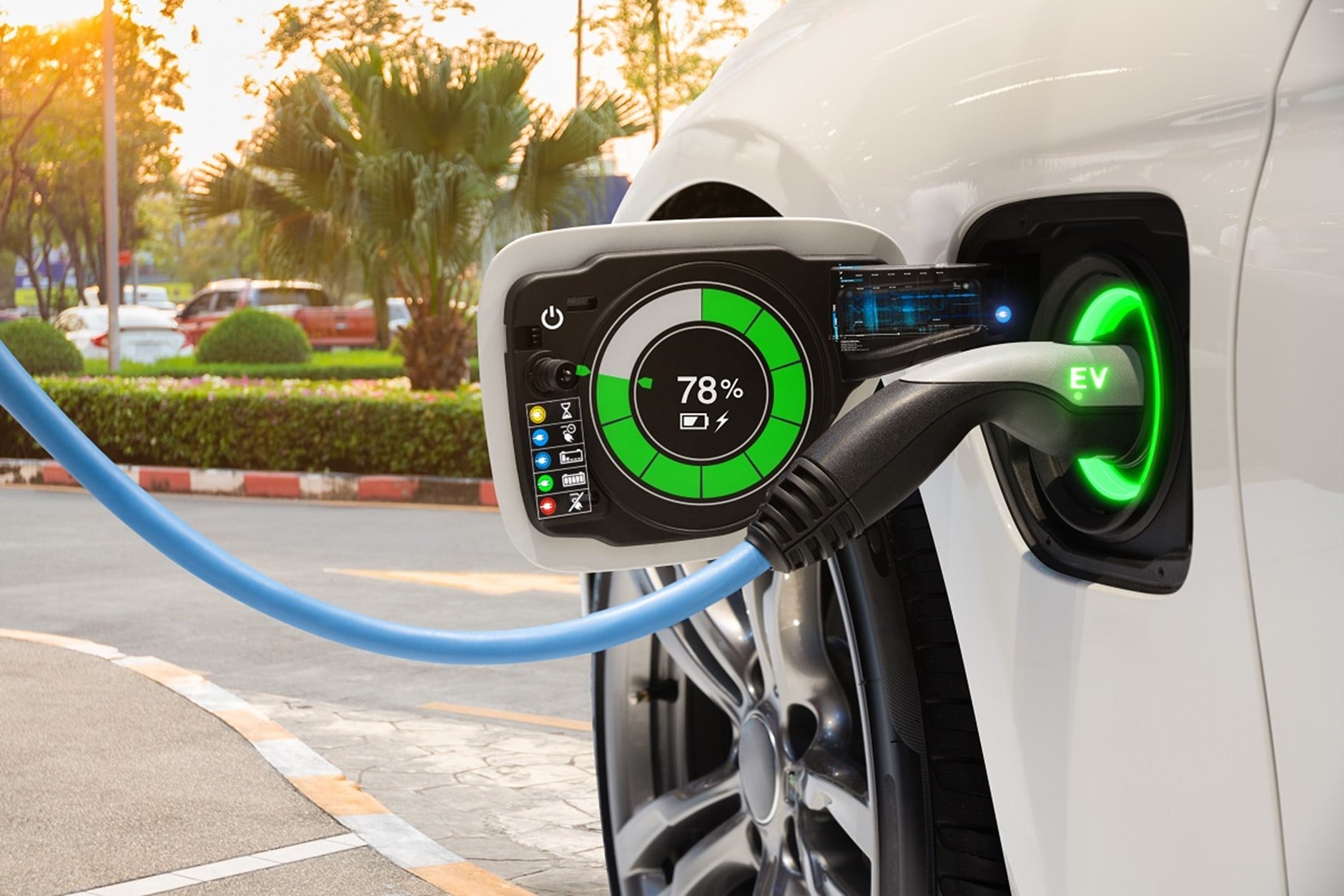How Electric Vehicles Are Changing Transportation

lectric vehicles (EVs) are more than just cars. They offer a cleaner, more efficient alternative to traditional cars. They are a key part of a cleaner, more sustainable future. The EV revolution is just beginning, and it can lead to a brighter future for transportation.
Here’s how EVs are changing transportation:
Environmental Impact
EVs produce zero emissions from their tailpipes, so they reduce air pollution and help the environment.
Electric cars have lower carbon footprints than gasoline cars, even after electricity generation. This shift means healthier cities and a more sustainable future.
Technological Advancements
Battery technology in EVs is currently improving at a fast rate. Some cars can now travel over 300 miles on a single charge.
Fast-charging stations are becoming more common. These stations allow EVs to recharge quickly and conveniently. Furthermore, EVs are getting safer and more efficient with features like regenerative braking, which recovers energy while you brake.
Much like tools such as United Airline’s flight tracker for up-to-date information improve the aviation experience, EVs are adopting advanced technologies to improve transportation.
Economic Benefits
The rise of EVs is creating jobs in manufacturing, battery production, and charging infrastructure
EVs also offer cost savings for consumers. They have lower fuel and maintenance costs compared to traditional vehicles. Over its lifetime, an EV can save thousands of dollars in fuel and maintenance expenses.
Similarly, tools like the flight status page are helping optimize resources in aviation by providing real-time updates and efficiency.
Integration with Renewable Energy
EVs support the integration of renewable energy sources like wind and solar power. They can store and supply electricity. It can help to balance the grid and make our energy supply more sustainable.
Programs are developing that allow EV owners to charge their vehicles using renewable energy, further reducing their environmental impact.
Urban Infrastructure
Cities are adapting to the rise of EVs by creating community car-sharing programs and improving public transit.
EV charging stations are being installed in new buildings. This makes it easier for residents to charge their vehicles. Urban transportation is getting better and traffic congestion is being reduced due to these initiatives.
Consumer Adoption
More people are choosing EVs due to environmental concerns, greater vehicle choice, improved battery capacity, and cost savings. Governments are also offering incentives like tax credits to promote EV adoption.
EV adoption is expected to grow as more models become available, including larger vehicles such as trucks and SUVs.
Miss Clipping Out Stories to Save for Later?
Click the Purchase Story button below to order a print of this story. We will print it for you on matte photo paper to keep forever.

